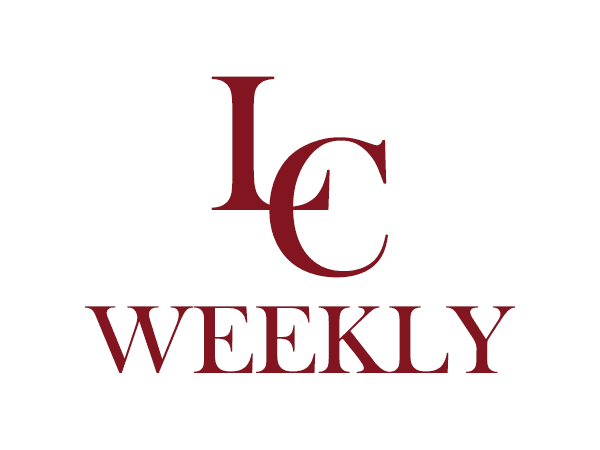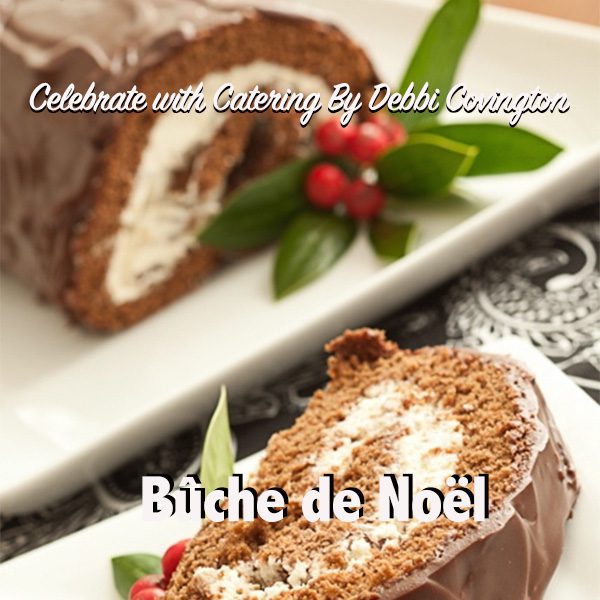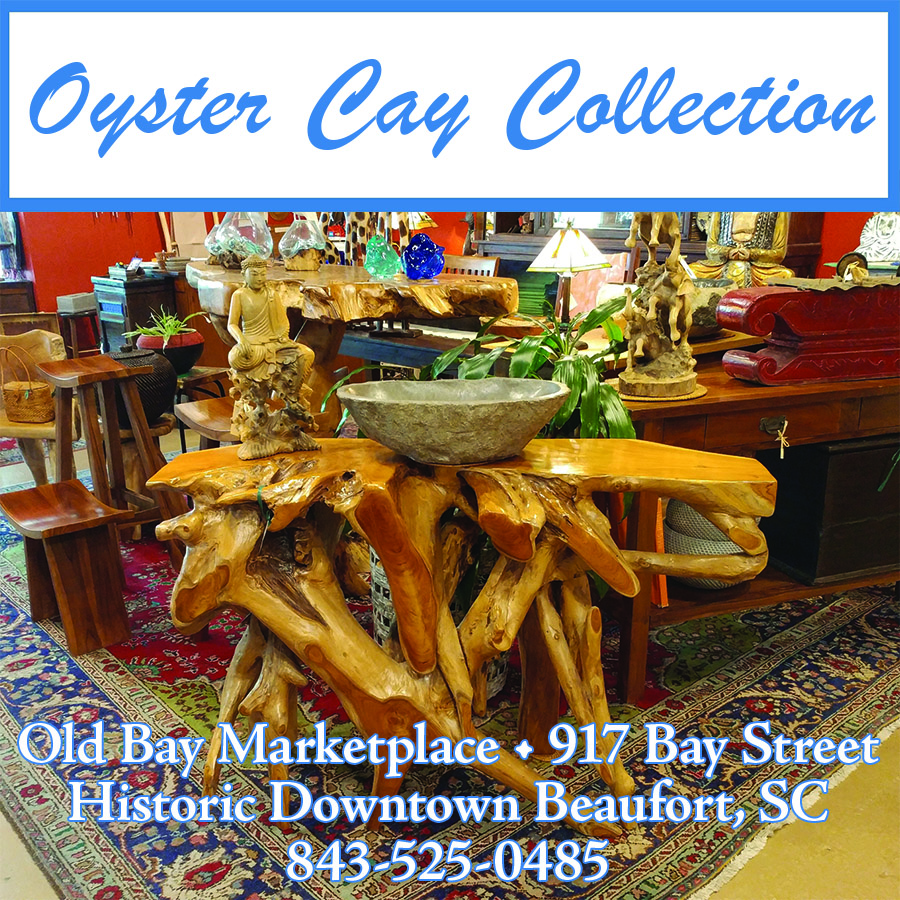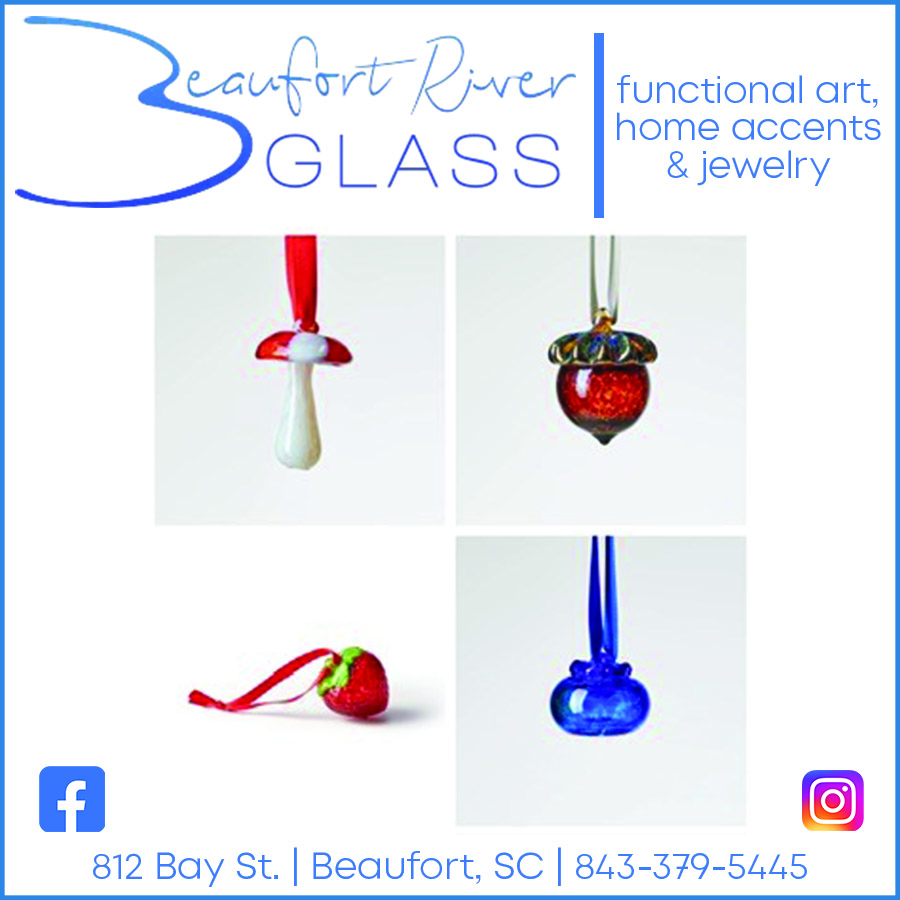Travel the Loire River in from the Atlantic Ocean approximately 300 kilometers. There you will find the appellation of Sancerre living in peaceful coexistence with the appellation of Pouilly-Fume. It is here that I must yield to Karen MacNeil, author of the WINE BIBLE, as she gives her description of Sauvignon Blanc Grapes from the Loire:
“Loire Sauvignon Grapes are in no way routine, herbal inflected sauvignon blancs. With their racy, flinty, tangy, and smoky flavors, the best of these wines are true to the word ‘sauvignon’s’ root, sauvage, meaning untamed. They are the world’s model for frisky, nervy, pinpoint-focused sauvignon blanc and are considered some of the best white wine matches for food.
The vineyards of Sancerre are spread over chalky limestone and flint hills near the small town of the same name on the western banks of the river. While the soils here are disparate, thanks to abrupt fault lines running through the region, many of the soils are highly valued for what growers say is the minerality they contribute to the wines. These soils include limestone and clay imbedded with sea fossils; straight limestone without many sea fossils; the so-called Terres Blanches which is chalk on top of clay; and les caillotes, which is gravel intermixed with limestone. In addition to the above, about 30 percent of the vineyards in the Loire contain silex, a flint and sand-based soil that combines clay, limestone, and silica. Highly desired locally, silex is said to give the best wines their especially vivid minerality and dramatic freshness.”
The area around Sancerre was probably first cultivated by the Romans, as evidenced by foundations of two separate Roman bridges across the Loire River. These foundations are found in St-Satur, the port of Sancerre, marking its ancient position along a major Roman route. Demand for the Sancerre Wine was always robust, mostly because the wine was a quality product, the river was available for transportation of the product, and transportation was later enhanced by the railroad from Sancerre to Paris. Sancerre did suffer a setback when the Phylloxera epidemic devastated the area, wiping out the majority of the region’s wines. When the epidemic was diminished, the vines were replanted with Sauvignon Blanc, partly because it grafted better with American rootstocks. The area recovered, and after WWII, Sancerre gained a good reputation on the Paris Bistro Scene as an easy drinking wine equivalent to Beaujolais. In the late 1970s and 1980s, an awareness of quality consciousness helped elevate Sancerre as an elegant and food friendly white wine that became a popular feature on restaurants lists across the globe.
Sancerre can be consumed as an aperitif or as an accompaniment to food. No matter how you choose to serve it you will not be disappointed. Fiona Beckett writes a blog on food pairings now and again, and I will pass along her recommendation to you. She is very quick to point out, and rightly so, that this particular recommendation is for Sauvignon Blanc from the Loire. What she’s trying to do is highlight the difference between Sauvignon Blanc from the Loire and other areas where Sauvignon Blanc is prevalent. Hint: It is the soil. From the Loire, she recommends simple fare such as raw and lightly cooked shellfish like oysters and shell-on-prawns, fresh crab and simply grilled fish like sea bass. For vegetables and cheese she sees the wine going well with a gazpacho, a tomato consommé, a tomato vinaigrette and young goat cheese, or salads made with goat cheese, smoked salmon, and finally, a cold ham salad. How fortunate for us that all the ingredients are readily available here in the Lowcountry.
WINESPEAK
Sancerre white wine is pale and vibrant in color. It is fresh, clean, and very high in acid, making it a natural friend to food. On the palate you should experience very subtle residual sugar. It is available in a range from very dry to sweet. My most enjoyable personal experience was with a bone dry Sancerre that I first discovered in Boston. It was a common practice in the Financial District to close a bit early on a Friday and bring in a wine vendor from the area. He would set up a tasting, and I seem to remember that we all started the weekend on a friendly note.
Cheers!






